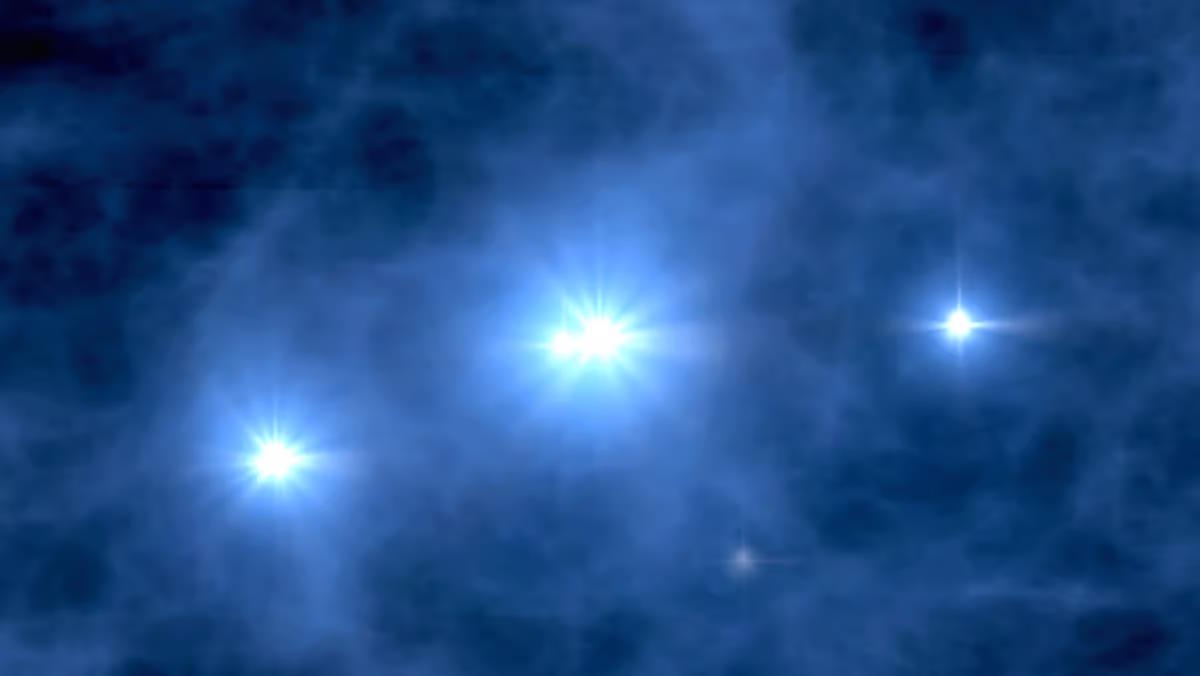Starts With A Bang podcast #110 – Optical Interferometry

- When it comes to the science of astronomy, the two key factors we always hope for are large amounts of light-gathering power and the capability to view objects at extremely high resolution.
- You can have it all if you’re willing to break the bank, but if you want the most bang-for-your-buck, you can achieve much better resolutions with an array of telescopes using the technique of interferometry.
- Although interferometry is very challenging to do in the optical portion of the spectrum, a new observatory, Magdalena Ridge Observatory, plans to create an interferometer with more than 100 times the resolution of Hubble. Here’s how that project is going!
It’s hard to imagine, but it was only five years ago, in 2019, that humanity feasted our collective eyes on the first direct image of a black hole’s event horizon. Thanks to the technique of very long baseline interferometry and the power of arrays of radio telescopes stitched together from all across the Earth, we were able to resolve the event horizon of the black hole M87*, despite the fact that it’s an impressive 55 million light-years away.
That was with radio interferometry, but historically, most telescopes have used optical light, not radio light. Does that mean that optical interferometry is possible? Not only is the answer a resounding “yes,” but we’ve been performing it for decades. In fact, the most ambitious optical interferometry project of all-time is already under construction in New Mexico: the Magdalena Ridge Observatory Interferometer (MROI). With an array that will feature a total of ten separate telescopes all linked together, and with a maximum tunable distance of 340 meters between them, it’s poised to achieve higher-resolution imagery of a suite of astronomical objects than has ever been obtained before, from the ground or from in space.
There’s so much mind-blowing science to learn that we had to bring two guests onto our podcast this month to explain it all: Dr. Michelle Creech-Eakman of New Mexico Tech and Dr. Chris Haniff of Cavendish Laboratory at Cambridge University. Be prepared for a fascinating look at the science of optical interferometry, what we’ll be able to discover once MROI is complete, and an incredible tour of the instrumentation science that powers it. It’s a fascinating episode you won’t want to miss!





